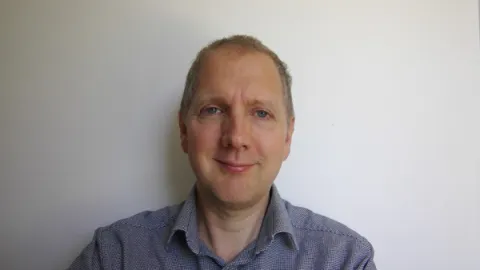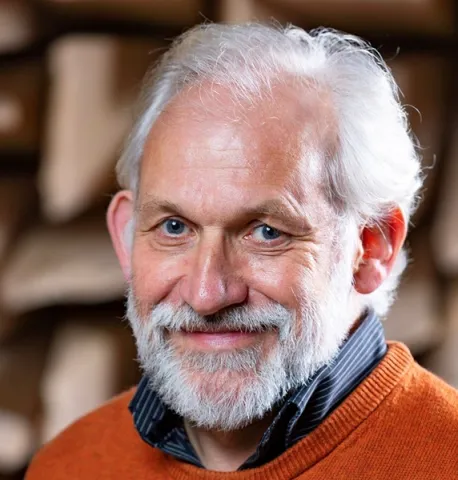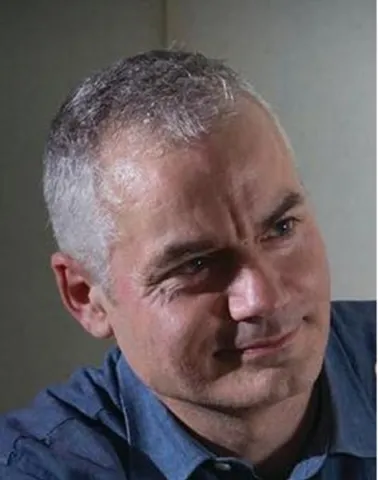Project overview
The project aims to develop algorithms and associated experimental protocols that can be used for personalized hearing aid fitting, based on stimuli that patients consider realistic and challenging. The vision is to reduce the reliance on subjective, voluntary responses, and move to more objective approaches based on neurophysiological responses. Objective approaches have the advantage that they can be carried out in patients who are unable to provide such voluntary responses, for example infants or the elderly with dementia. Also by monitoring hearing without constant interruption to assess patients' perception, the performance of the hearing aid can be assessed in more natural listening conditions and over a longer time scale than is typically available in audiology clinics.
Staff
Lead researchers
Other researchers
Collaborating research institutes, centres and groups
Research outputs
Ghadah, Salem Aljarboa, Steven Bell & David Simpson,
2022, International Journal of Audiology
Type: article
Frederique J. Vanheusden, Mikolaj Kegler, Katie Ireland, Constantina Georga, David M. Simpson, Tobias Reichenbach & Steven L. Bell,
2020, Frontiers in Human Neuroscience, 14, 1-13
Type: article
Michael Alexander Chesnaye, Steven Bell, James Michael Harte & David Simpson,
2019, IEEE Transactions on Biomedical Engineering
Type: article
Frederique J. Vanheusden, Michael A. Chesnaye, David M. Simpson & Steven L. Bell,
2019, International Journal of Audiology, 58(6), 355-362
Type: article
Frederique Vanheusden, Steven Bell, Michael Chesnaye & David Simpson,
2019, Ear and Hearing, 40(1), 116-127
Type: article
Kimberley Novis & Steven Bell,
2018, Ear and Hearing
Type: article
Ghada BinKhamis, A Leger, Steven Bell, G Prendergast, M. O'Driscoll & Karolina Kluk,
2018, Ear and Hearing
Type: article


